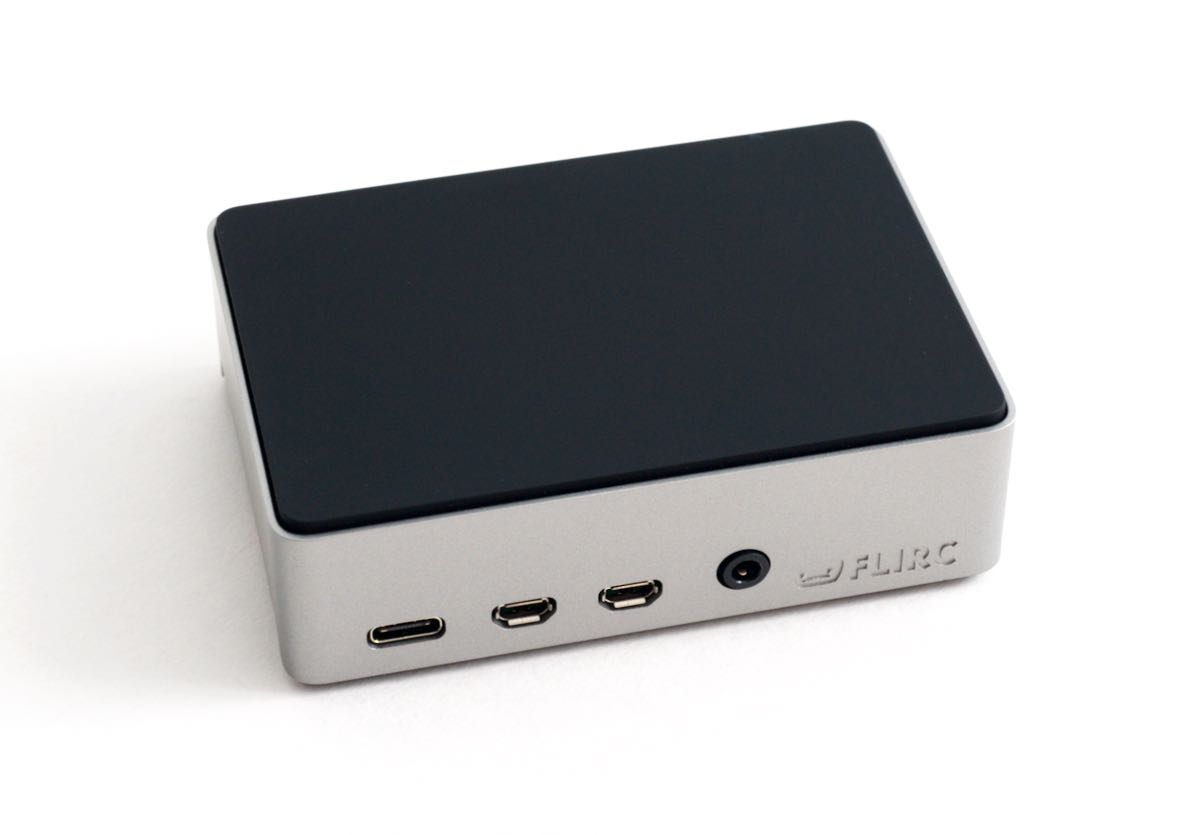
Posted by alex at 3:00 am Tagged with: FLIRC, FLIRC controller on Raspberry Pi, Jamie Mann, the Pi hut, thepihut. You can find all the details about that here. FLIRC and OpenELEC are running a promotion. There’s currently a chance to win a FLIRC over on the OpenELEC web site. A lot of work and thought has gone into making it such a simple user experience. I won’t have to use a mouse or keyboard, but just FLIRC and a remote – awesome! How much does it cost? This will be excellent for me to use in school when I want to show a video using the Pi. You can use the XBMC app on your smartphone, provided your media centre and smartphone are networked.īut, if you don’t have your media centre or phone on a suitable network, or you don’t want to use your smartphone, FLIRC enables you to use any infra-red household remote to control your media centre. Not massively important, but quite useful. This one doesn’t, which means you can plug it in after the Pi is booted if you forgot to do it before. Some USB devices draw enough current to reboot the Pi when they are plugged in. There may be a tweakable setting somewhere, but I didn’t see it. For example, for volume, you have to press once for each increment, whereas normally you’d hold the button down. The only thing that’s a bit different is that the buttons don’t seem to ‘auto repeat’ if you hold them down. “Oh no, what if it doesn’t work? I won’t be able to shut down the Pi?” But it did work – perfectly – the first time.

Navigation was flawless.įirst time I did the setup, I was concerned because I’d forgotten to plug in a wifi dongle to the Pi.
#Raspberry flirc movie#
I used it with OpenELEC on my HD TV/monitor (not the little one in the photo) to watch Big Buck Bunny – I always use that as a test because it’s about the only free full HD movie around. Do that for each of the buttons you want to be able to program, and you’re done. While passive, our testing of the FLIRC shows it is much more capable than the small aluminum passive heatsinks we've been used to putting on the Raspberry Pi boards.This process may sound a bit scary, but the whole installation took less than ten minutes and worked perfectly.įor the XBMC setup, all you do is click on the on-screen “button” you want to “record” and then press the button you want to use for that function on your controller. The FLIRC meanwhile is a Raspberry Pi case for $13~15 USD that is made out of aluminum and act as a heatsink for the device to dissipate heat. I had done testing and saw that even with a heat sink and a small fan, the Pi would still throttle after enough time at 100 CPU usage. It's quite simple and the 30mm fan delivers sufficient airflow over the SoC but does not employ any heatsink or allow any heatsink to be attached. Definitive Raspberry Pi 4 with Flirc results: never throttles I got my Flirc case for my Raspberry Pi 4 today.
#Raspberry flirc install#
This friction-fit header makes it very easy to install on the Raspberry Pi and if needing to remove later.

The Fan SHIM is a ~$10 fan that connects to the GPIO pins on the Raspberry Pi for power and aligning it with the Broadcom SoC. The Raspberry Pi Foundation kindly sent over the Fan SHIM and FLIRC for our benchmarking at Phoronix. We've seen just how prone the Raspberry Pi 4 is to down-clocking and where as previous Raspberry Pi boards did fine with a small aluminum heatsink attached, for any serious work you will need a more capable cooler if you care about the performance.

Order within 20 hrs 30 mins Select delivery location In Stock Qty: 1 Buy Now Payment Secure transaction Ships from Amazon Sold by Flirc Inc. In this article we're looking at the Raspberry Pi 4 performance with a Fan SHIM as an active fan designed for running on the Raspberry Pi off the GPIO pins as well as the FLIRC as a metal case that passively cools the device. 1595 Get Fast, Free Shipping with Amazon Prime FREE Returns FREE delivery Wednesday, June 14 on orders shipped by Amazon over 25 Or fastest delivery Monday, June 12. However, if you will be enduring the Raspberry Pi 4 with significant load for any measurable length of time, an active cooler is almost warranted or otherwise a very capable passive cooler.

With the Raspberry Pi 4, a passive heatsink is an absolute minimum for running this new ARM SBC unless you want to deal with potentially drastic performance limitations based upon your operating conditions.


 0 kommentar(er)
0 kommentar(er)
